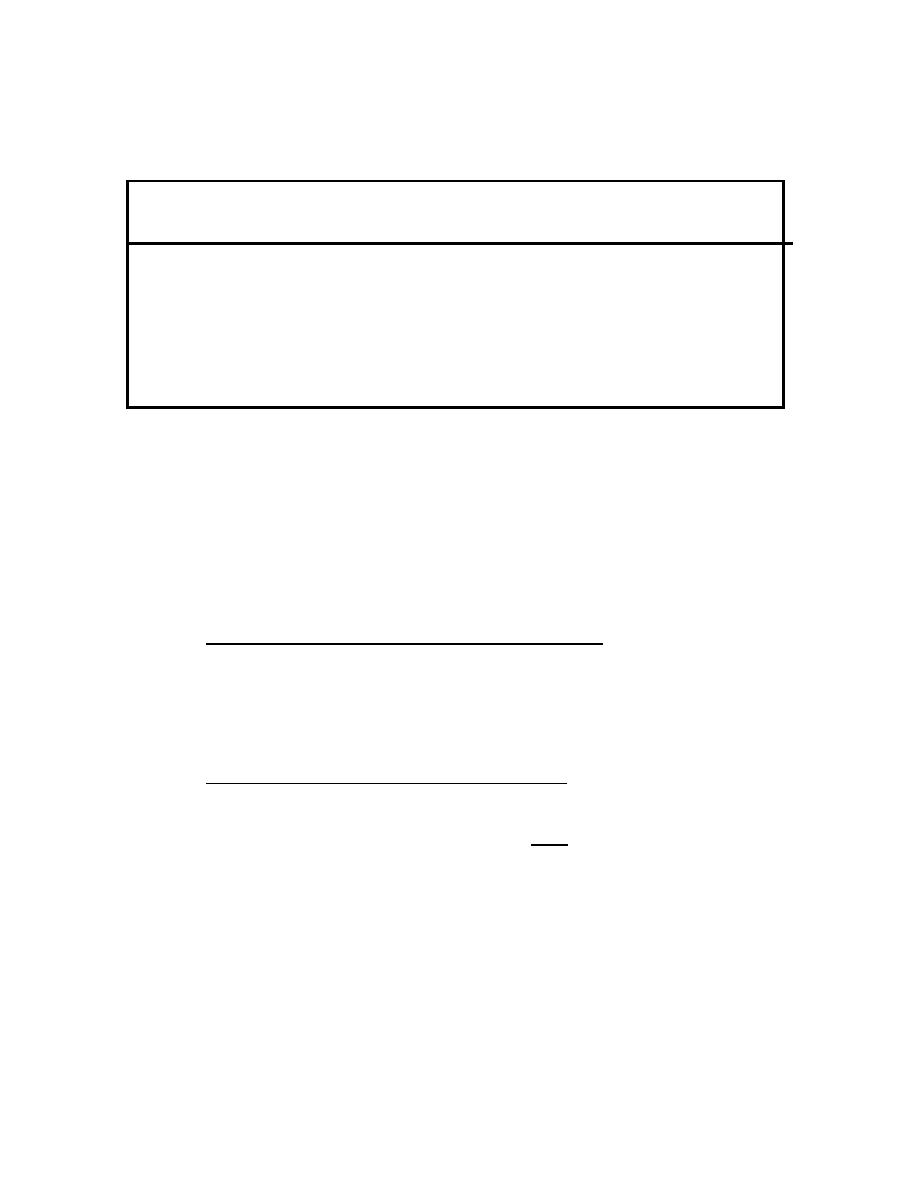
MIL-HDBK-1004/10
Table 7
Results of Structure-to-Electrolyte
Potential Measurements
POTENTIAL VERSUS
POTENTIAL VERSUS
TEST POINT
COPPER/COPPER
TEST POINT
COPPER/COPPER
SULFATE (V)
SULFATE (V)
P1
-0.883
F1
-0.832
P2
-0.876
F2
-0.810
P3
-0.864
F3
-0.765
P4
-0.927
F4
-0.746
P5
-1.058
F5
-0.421
P6
-1.012
F6
-0.386
P7
-0.881
F7
-0.405
P8
-0.854
F8
-0.413
P9
-0.836
F9
-0.419
Another field measurement associated with interference is the
measurement of the current flowing through a structure. As shown in Figure
23, the procedure involves the measurement of the potential drop along a
section of the structure which is carrying the current. The section of
structure is initially calibrated by passing a known current through the
section using the outer set of test leads. Subsequent measurements of the
potential drop are then referred to the calibration factor for the structure
and the current is calculated. This measurement is called an IR drop test.
Test stations are commonly installed on long pipelines to measure the current
flowing in them in order to detect changes in the current which could be an
indication of either interference or problems with the cathodic protection
system on the pipeline.
Control of Interference - Anode Bed Location. The single most
5.2.1.2
important factor in controlling interference is the location of the anode bed.
In general, the remote anode beds commonly used in impressed current cathodic
protection systems cause more problems with interference than do sacrificial
anode systems where the anode-to-structure distances are usually in the order
of 10 feet or less and the driving potential is small (1 V or less). The
influence on foreign structures should be a primary consideration in the
location of remote anode beds.
Control of Interference - Direct Bonding. One method of correcting
5.2.1.3
interference is to bond the foreign structure to the protected structure. The
bonding can either be a direct low-resistance connection or a resistive bond.
Figure 24 shows correction of an interference problem by direct bonding.
Bonding both pipes together, essentially makes both pipes the protected line.
A test station is usually installed at such a location in order to either
verify the continuity of the bond, or to measure the current flowing through
the bond. To allow for future bonding and testing, a bond station should be
installed wherever pipelines cross and at other locations where interference
is possible.
43


 Previous Page
Previous Page
